The two main elk species in North America might be the topic of your interest, wondering about them. Molecular analysis revealed that Roosevelt Elk and Rocky Mountain elk appear very similar while being unique in their features outlined by environmental factors.
Roosevelt elks reign supreme over the damp rainforests of the Pacific Northwest, while Rocky Mountain elks reign over the spacious open mountains. Let’s go deep into their world and find the easy ways to spot them rightly!
What Is a Roosevelt Elk?
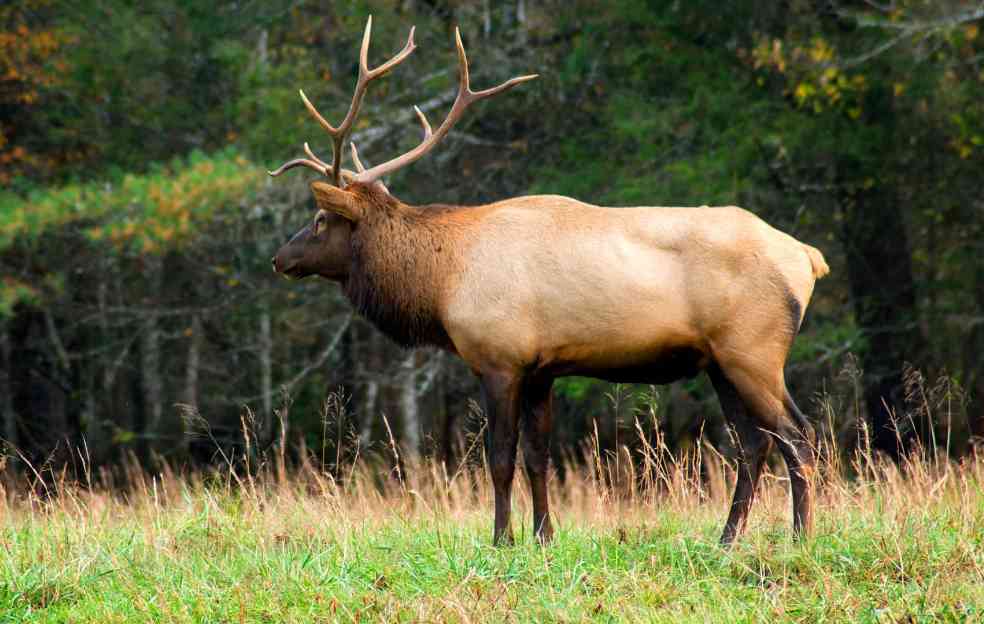
Roosevelt elk (Cervus canadensis roosevelti), named after U.S. President Theodore Roosevelt, are the absolute lords of the temperate rainforests of the Pacific Northwest.
Their habitat includes coastal Alaska to the border of California, with the biggest population being in Oregon and Washington. These dense forests, full of wildlife, form the ideal habitat for Roosevelt elk.
The dense vegetation is a good shelter which ensures their survival from predators and unbearable conditions, and the plants here offer a variety of food.
Roosevelt elks are good at browsing and eating a wide range of leaves, twigs, ferns, and other vegetation available to them.
In spring or summer, they eat fresh green shoots and wildflowers; in fall or winter, they consume leaves, bark, and mushrooms.
Key Characteristics Of Roosevelt Elk
1. Size
They belong to the largest variety of all species on the range. The bull Roosevelt elk adult could achieve a gigantic weight of 1000-1100 pounds, so they are the beasts of the forest. Cows, probably smaller than that, still are impressive animals when it comes to weight-carrying with about 600 pounds.
2. Appearance
Roosevelt elk differs from the Rocky Mountain elk species by having a darker coat with an additional reddish tinge in summer and blackish brown as they shed in winter. Their antlers, though remarkable, are usually not as large as those of Rocky Mountain elk
3. Lifespan
In the wild, Roosevelt elk can live until 15 years of age, but this is not a frequent occurrence. The interaction of a certain amount of animals with natural predators, accidents and winter difficulties may contribute to their population loss. Even though it is true indeed, that if they have healthy habitat and good luck, some Roosevelt elk individuals were observed to live more than that.
4. Color
The Roosevelt elk is one of few animals that alter their facial and body coloring during different seasons. In summer, the capybara’s fur will be reddish-brown with darker brown patches behind and on their legs. It is believed that the animal evolved into the orange-brown color to be able to adjust to the sunshine filtering through the thick of foliage in the forest canopy. When the winter season appears, their coat turns into a darker and thicker shade of brown, blackish-brown in some individuals.
5. Antlers
The antlers of Roosevelt elks can serve as a good advertisement for their species, but they are smaller than those of Rocky Mountain elks. They usually have 6 points on either side, the main one tries to make an arc towards the center and inward. Those of Roosevelt elk have shorter and more slender tines than the Rock Mountain elk. But, bigger antlers of sika elk are not the exception. Some mature bulls can have antlers over 35 inches each.
What Is a Rocky Mountain Elk?
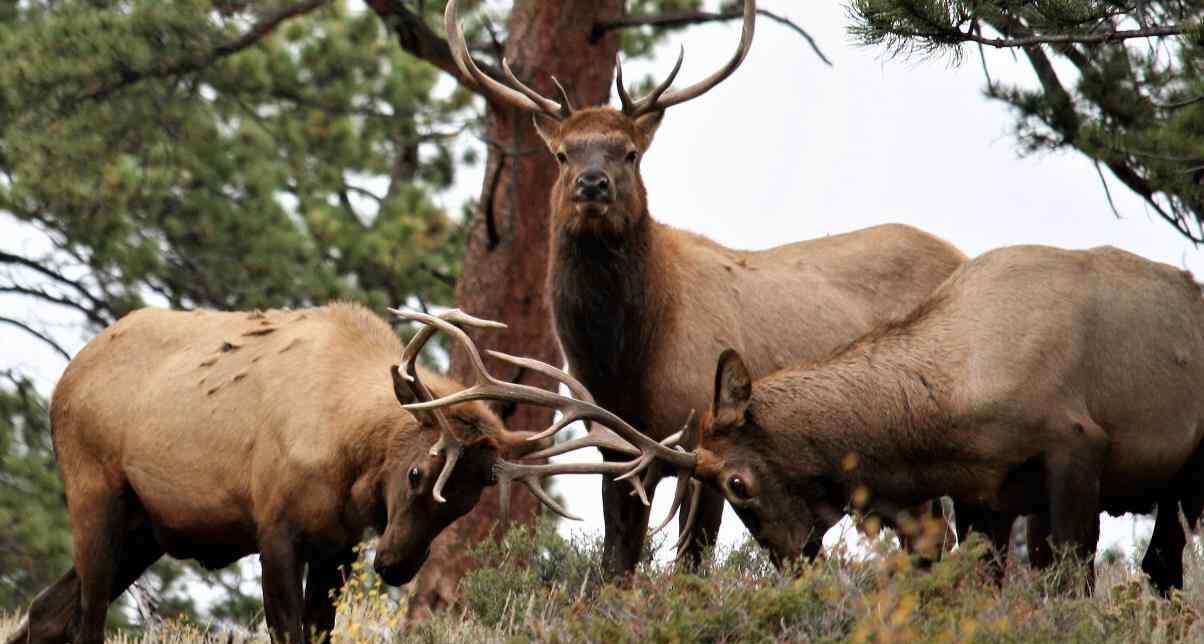
Rocky Mountain elk (Cervus canadensis nelsoni), also known as American elk, thrive in the open mountainous regions of western North America. Their range stretches from the Rocky Mountains to the Pacific coast, with populations found in states like Montana, Wyoming, Colorado, and Idaho.
They prosper in varied mountain habitats between high alpine meadows, subalpine woods, foothills, and valleys. They become masters of climbing and can handle the toughest terrains.
Their acute vision and keen sense of smell help them be on the lookout for predators and find prey more quickly. They are migratory animals, moving between higher-elevation summer ranges for grazing and lower-elevation winter ranges for shelter.
Key Characteristics Of Rocky Mountain Elk
1. Color
Their coat is a lighter shade of brown, specifically designed to camouflage them perfectly against the backdrop of their preferred habitat. This coloration provides excellent camouflage in open meadows and grasslands. The lighter coat allows them to blend in seamlessly, making them less conspicuous to predators.
2. Appearance
They have a lankier build with longer legs, allowing them to navigate mountainous terrain efficiently. Their bodies are well-insulated to withstand the harsh winters of their habitat. Their powerful hindquarters provide explosive power to jump over obstacles, while long legs help them cover long distances. Additionally, their height gives them a wider field of view for spotting threats.
3. Lifespan
Normally, the average lifespan of Rocky Mountain elk is 10-13 years. Similarly, the length of time is impacted by factors like predation, illness, and availability of food and resources in their habitats. Nevertheless, it is important to mention that individual elk could live shorter or longer due to a combination of environmental influences.
4. Size
While not quite as heavy as Roosevelts, Rocky Mountain elk are still massive. Bulls can weigh up to 800 pounds, with cows reaching around 500 pounds.
5. Antlers
Rocky Mountain elk are famous for their magnificent antlers. These impressive racks can have up to 7 points per antler and boast impressive width, making them prized trophies for hunters. The antlers are shed each year and regrown larger and more complex each time, reflecting the bull’s age and health.
Differences Between Roosevelt Elk vs Rocky Mountain Elk
Here’s a table outlining the main differences between Roosevelt Elk and Rocky Mountain Elk:
| Characteristic | Roosevelt Elk | Rocky Mountain Elk |
| Scientific Name | Cervus canadensis roosevelti | Cervus canadensis nelsoni |
| Size | Larger | Smaller |
| Antler Shape | Typically have more points | Typically have fewer points |
| Color | Darker, often with a chocolate hue | Lighter, more reddish-brown |
| Habitat | Coastal rainforests and mountains | Mountainous regions and forests |
| Range | Primarily in the Pacific Northwest | Primarily in the Rocky Mountains and adjacent areas |
| Behavior | More nocturnal and elusive | More diurnal and visible |
| Body Characteristics | Larger bodies, longer legs | Smaller bodies, shorter legs |
Hunters can differentiate between Roosevelt Elk and Rocky Mountain Elk based on a number of distinct characteristics:
Roosevelt Elk typically have darker fur and are bigger in size. However, their antlers are normally smaller when compared to those of the Rocky Mountain deer.
On the other hand, Rocky Mountain Elks have a lighter color and bigger antlers compared to their smaller bodies.
Knowing what they look like and noting where they live can help identify them quickly in the field.
How To Hunt Roosevelt Elk And Rocky Mountain Elk?
Due to their dense forest habitat and tendency to stay hidden, Roosevelt elk are generally considered more challenging to hunt than Rocky Mountain elk.
Roosevelt elk thrive in thick coastal rainforests with dense undergrowth and limited visibility. This makes spotting them challenging and requires hunters to get much closer for a shot compared to open areas favored by Rocky Mountain elk.
Moreover, Roosevelt elk are known for their wary nature and tendency to stay hidden in the thick brush. They rely on camouflage and cover to avoid predators, including hunters.
However, there are following hunting techniques to hunt these two types of elk.
Hunting Techniques for Roosevelt Elk
- Calling
Due to the dense habitat, calling can be a very effective strategy. Hunters can use bugles, cow calls, or calf calls to try and lure bulls or other herd members into close range. However, Roosevelt elk bulls are reported to be less vocal than their Rocky Mountain cousins, so calling success may require more patience and experimentation.
- Scent Lures
Scent lures that mimic elk urine or other attractants can be used to draw elk into shooting range, particularly during the rut (mating season).
- Still Hunting
This technique involves patiently moving through the forest, listening and watching for signs of elk, such as tracks, droppings, or feeding areas. Due to the limited visibility, still hunting demands excellent focus and an awareness of your surroundings.
- Glassing Meadows
While Roosevelt elk spend most of their time in thick cover, they may occasionally venture into clearings or meadows at the forest edge. Carefully glassing these openings at dawn and dusk, when elk are most active, can be productive.
Hunting Techniques for Rocky Mountain Elk
- Glassing
The open meadows and foothills favored by Rocky Mountain elk make them easier to spot from a distance. Using binoculars or a spotting scope to glass these areas at dawn and dusk is a crucial technique.
- Calling
Bugling and other elk calls can be very effective in luring bulls, particularly during the rut. Understanding elk vocalizations and using calls strategically can significantly increase your chances of success.
- Ambush Hunting
Setting up strategically placed hunting blinds or tree stands along elk trails or near meadows they frequent can allow hunters to wait for elk to come into range. This requires good scouting and knowledge of elk movement patterns.
- Stalking
For experienced hunters, stalking elk in open areas can be a rewarding challenge. However, it requires exceptional stealth, patience, and the ability to read elk behavior to get close enough for a shot.
Conclusion
In conclusion, Roosevelt Elk and Rocky Mountain Elk, though similar in species, exhibit distinct differences in habitat, appearance, and behavior.
Roosevelt Elk thrive in the dense coastal rainforests of the Pacific Northwest, boasting larger sizes and darker coats, while Rocky Mountain Elk prefer the open mountainous regions, showcasing lighter coats and impressive antlers.
These differences not only reflect their adaptation to diverse environments but also impact hunting techniques, with Roosevelt Elk requiring more stealth and patience due to their elusive nature. Understanding these unique traits enhances the appreciation for these majestic creatures and the ecosystems they inhabit.


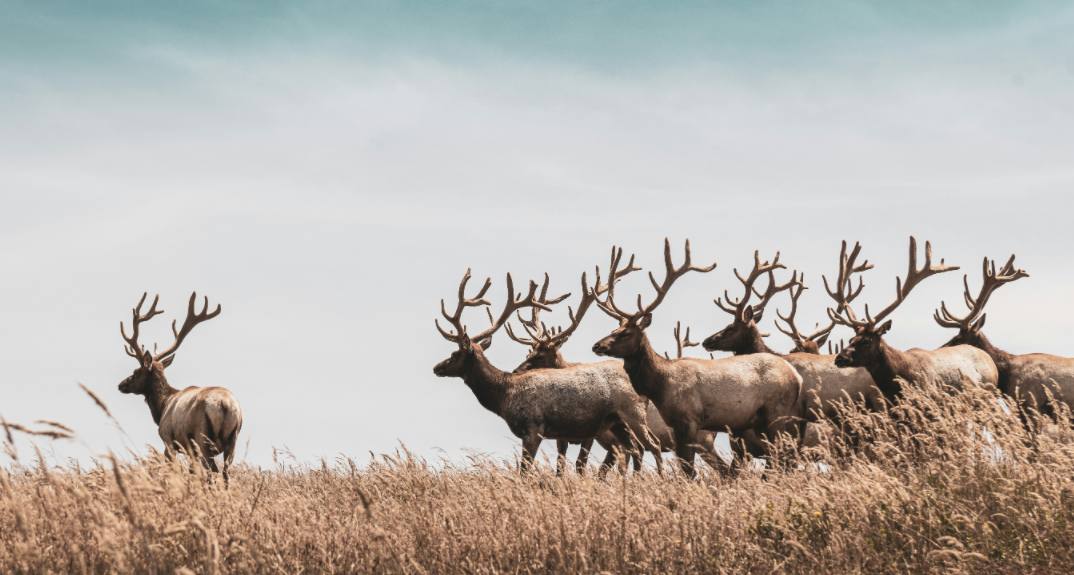








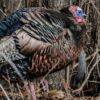








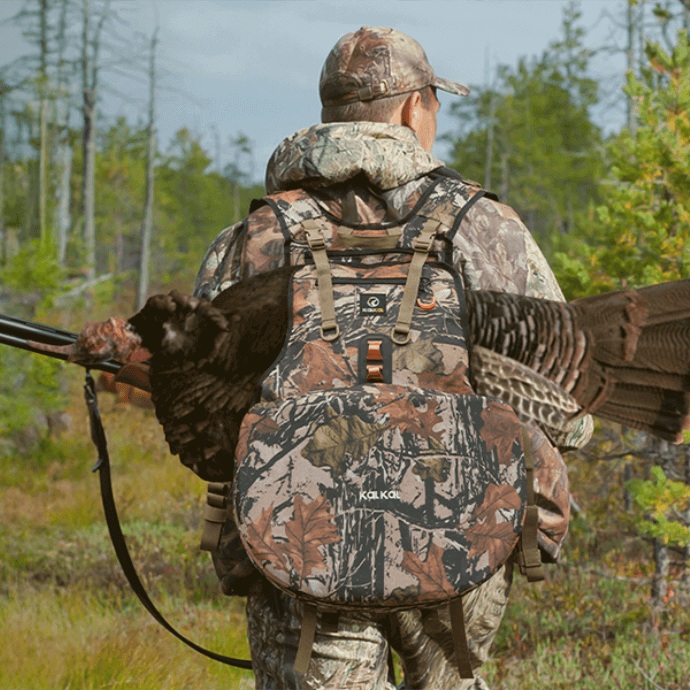
Leave a reply